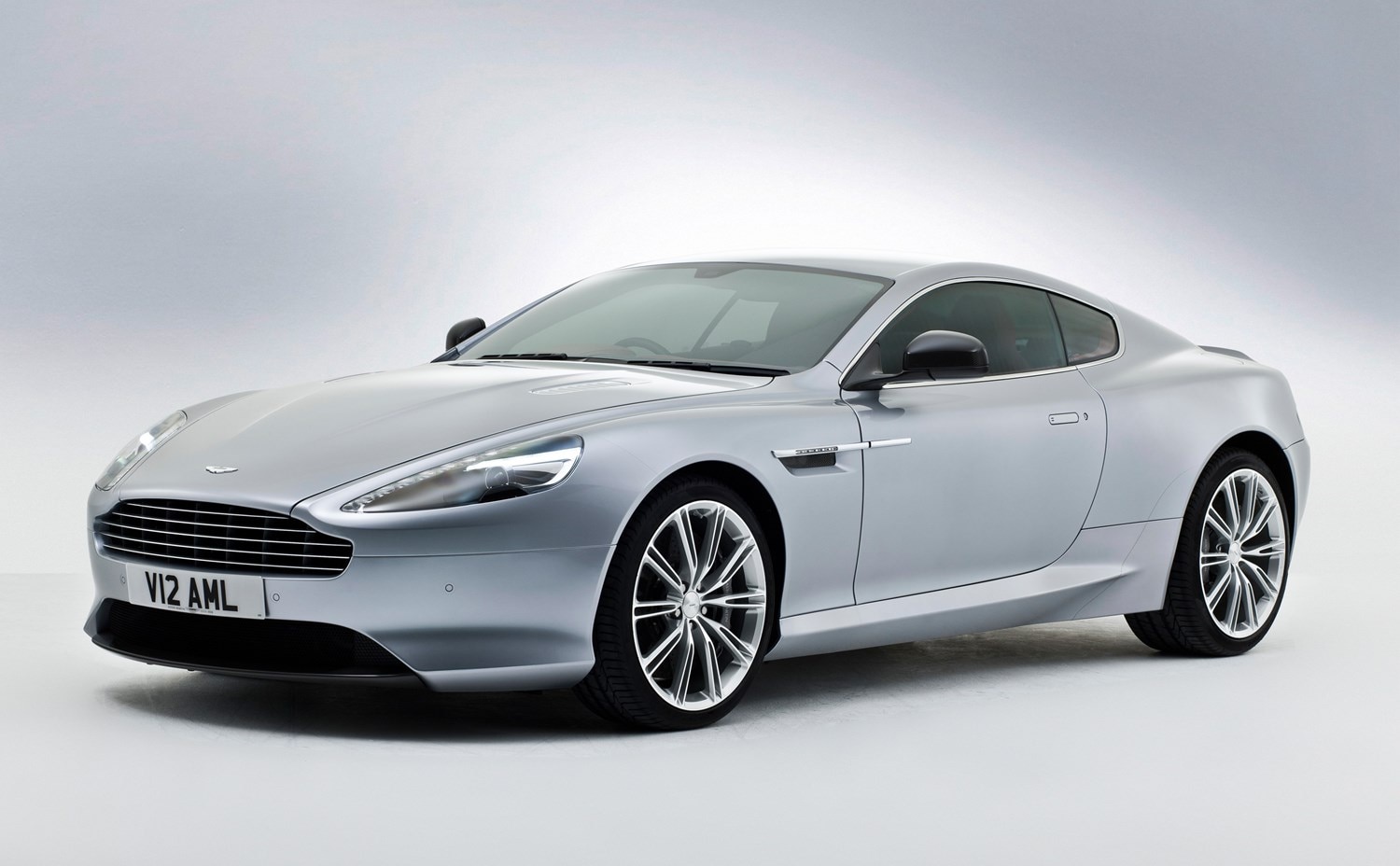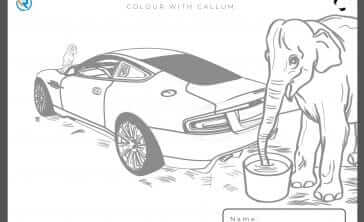Latest model
In 2012 the DB9 received a further major upgrade, introducing more modern styling that closely resembled that of the brand’s new Virage, which debuted a year earlier. Aston Martin claimed that 60 per cent of the body panels were new, and it certainly helped to update the design.
As part of the update, the V12 engine was tweaked, with power increasing from 469bhp to 510bhp, while at the same time CO2 emissions dropped too.
In 2015 came the swansong to the DB9, the GT, which Aston Martin said resembled the ‘very best of DB9’. It received another power hike to 540bhp, making it the most powerful version yet. It also gained a touchscreen infotainment system called ‘AMi II’, and subtle styling changes to set it apart from the rest of the line-up. The DB9 was replaced by the DB11 in 2016.
Value for money
You’re unlikely to consider a new Aston Martin for its value, and the DB9 was certainly not a bargain when new – costing £140,000, even before you’ve ticked any options boxes, which quickly rack up the price.
However, as the DB9 hasn’t been on sale for a number of years, used options are now your only choice. Prices actually start from a reasonable £30,000 – what you’d pay for a new, high-spec family hatchback these days – and for that you’d get an example with around 70,000 miles on the clock. You shouldn’t have to pay too much more for a lower-mileage car, but make sure you buy on condition and history, rather than simply the number of miles. You’ll pay around £5,000 more for a Volante drop-top too, particularly if you’re buying in the summer months.
Prices for the more modern-looking and feeling 2013 facelift start from around £60,000, with the most expensive DB9s – the limited-edition Bond Edition, which was released to coincide with the 2015 James Bond film Skyfall – tipping the scales at well in excess of £100,000.
Looks and image
If you think of a quintessential modern Aston Martin, it’s likely that the DB9 is the car that comes to mind. Even almost two decades after the DB9 was revealed, it continues to look smart, modern and elegant, and arguably even more modern than some of the firm’s more modern creations. The facelifted 2012 is certainly the most appealing to our eyes, though, with its slightly more aggressive look and more modern grille really helping to elevate it further. There really is no such thing as an ugly DB9, though.
The interior of a car is often the bit that dates soonest, and sadly age hasn’t been overly kind to the DB9. Some of the switchgear now looks very dated, though later cars do look and feel more modern with their touch sensitive controls. On the plus side, the fit and finish of all cars is very good, with all offering an upmarket interior that helped to justify its steep price when new.
Behind the wheel, the star of the DB9 is its V12 engine which feels brawny and muscular and delivers more than enough pace, though the figures aren’t especially impressive by more modern standards. Though not as sharp or as fun as a Porsche 911, this Aston Martin is still enjoyable to drive, though better suited to long, extended trips rather than short blasts.





